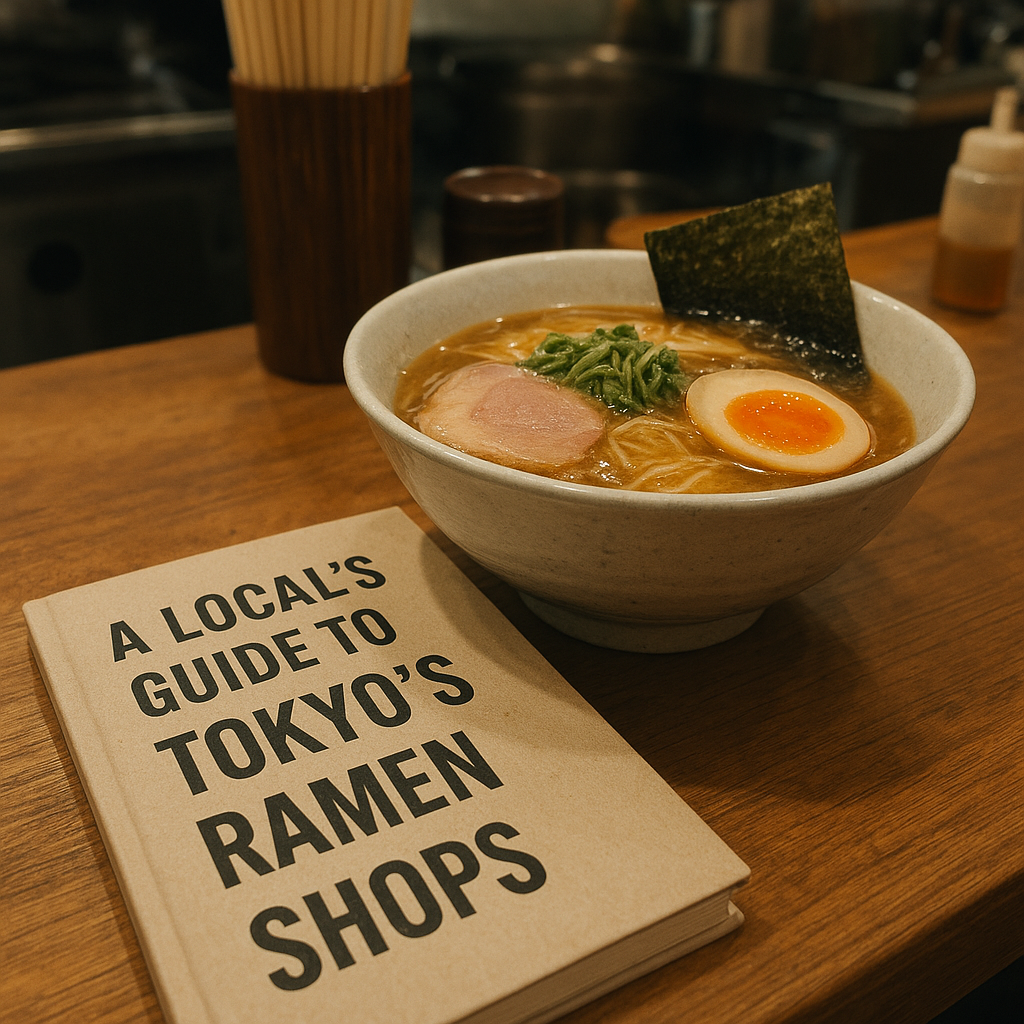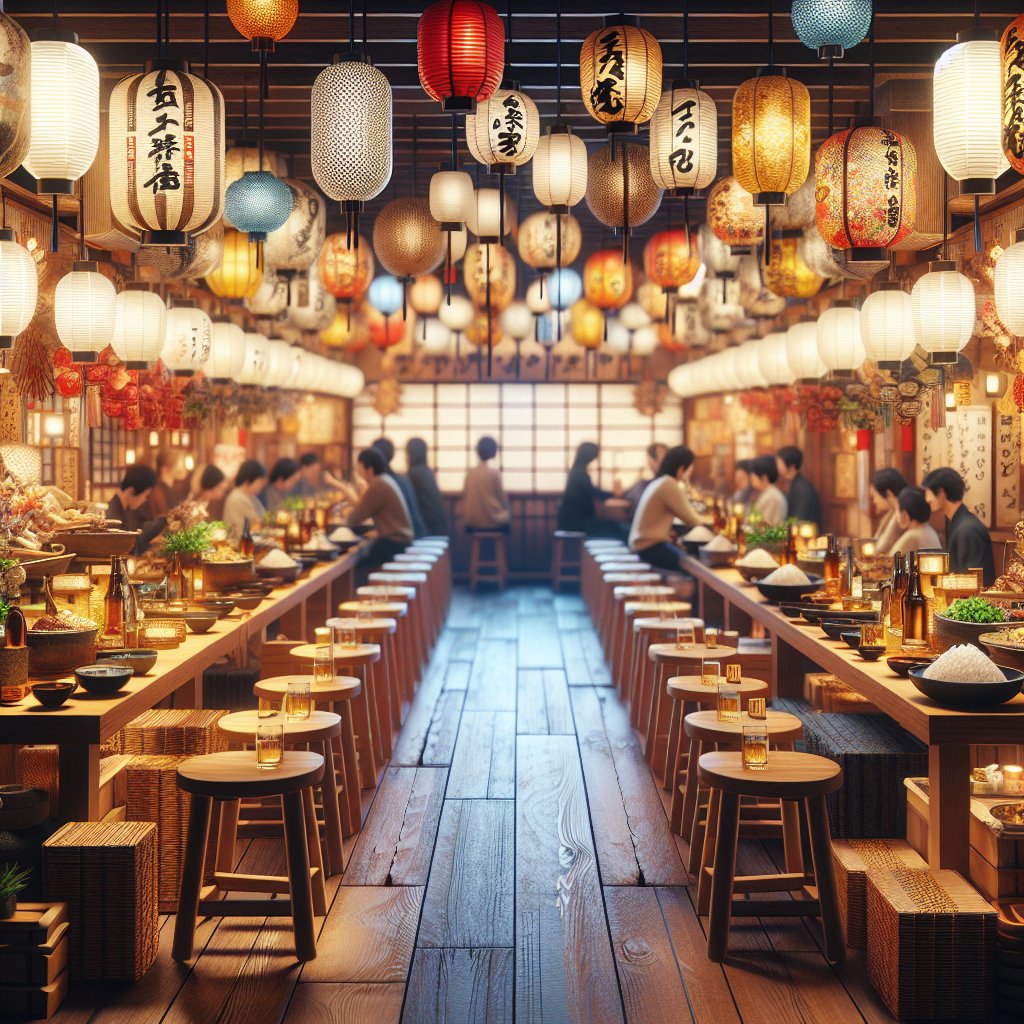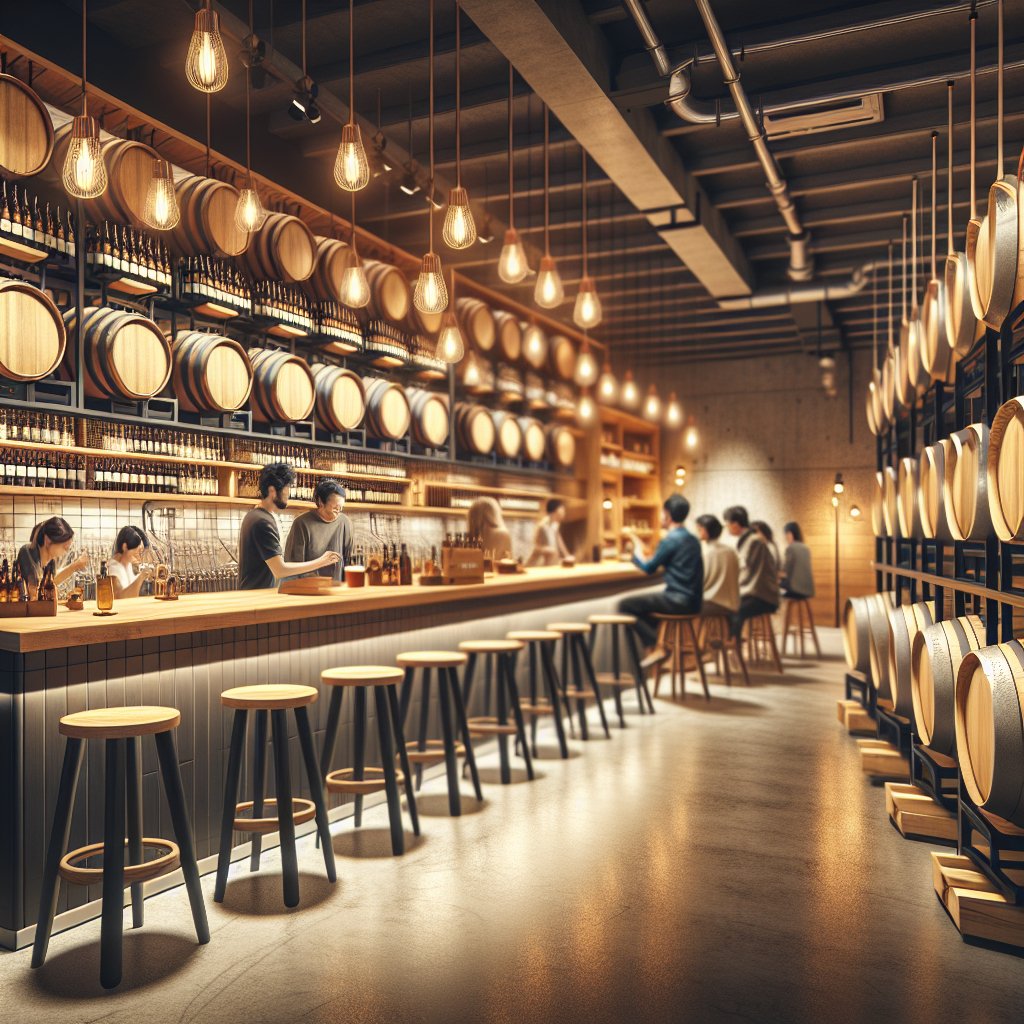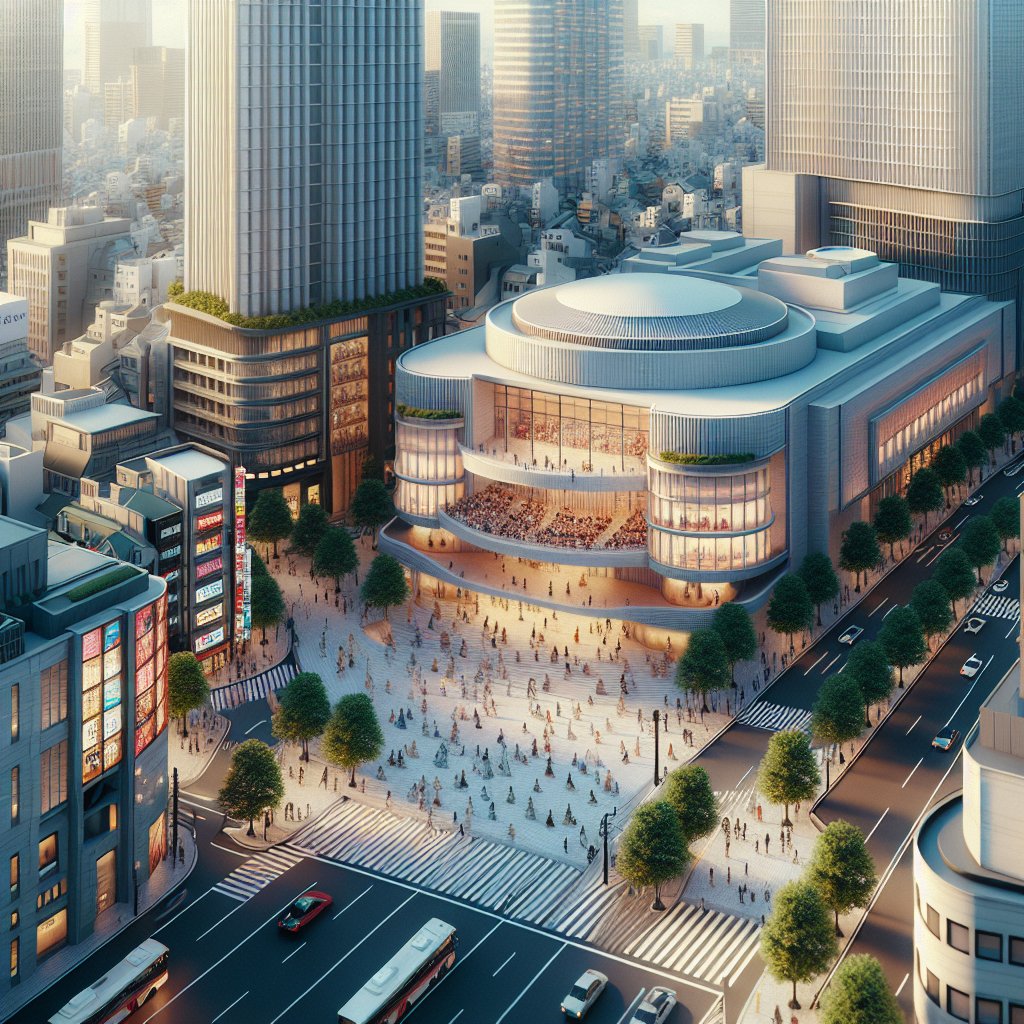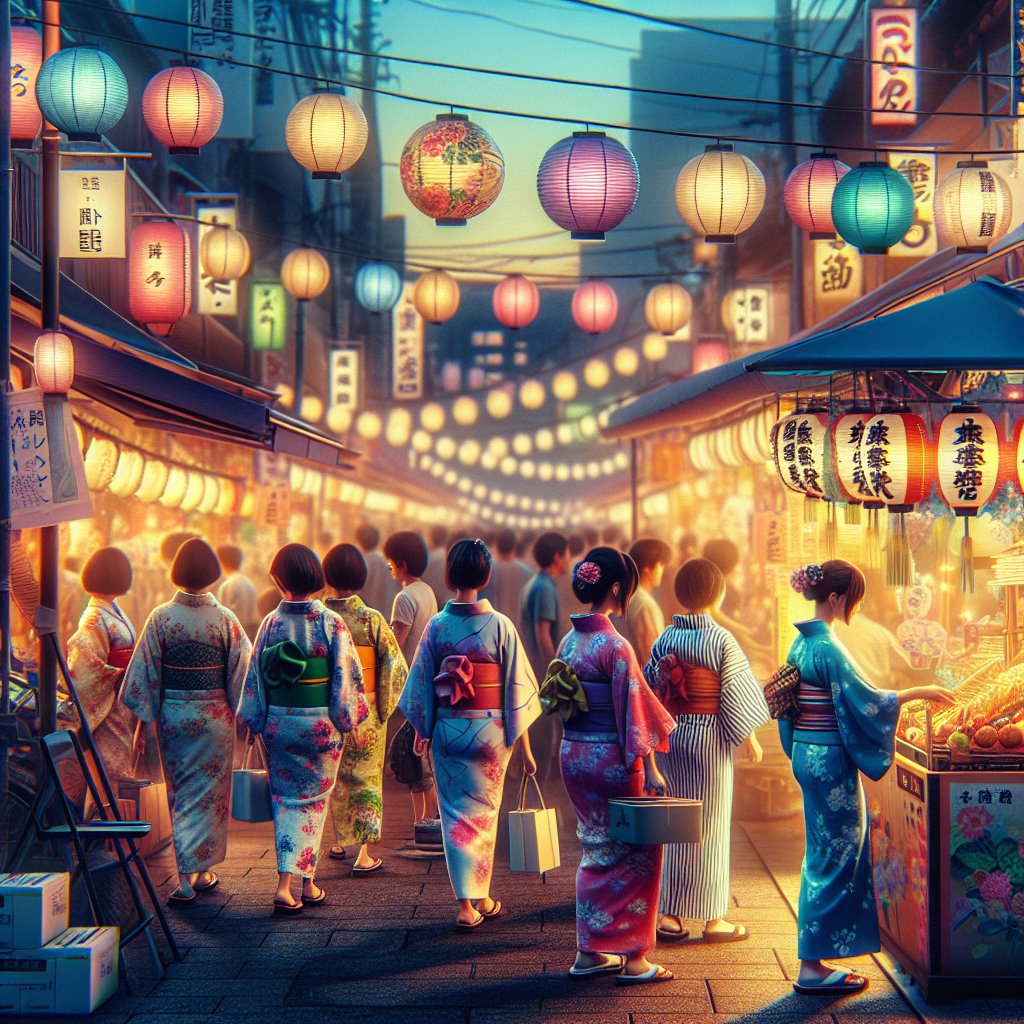Nestled beyond the dazzling neon and towering skyscrapers, Tokyo hides a tapestry of lesser-known spots that captivate visitors seeking authentic experiences. From tucked-away eateries to tranquil gardens and centuries-old traditions quietly thriving in narrow side streets, these places reveal a side of the metropolis that few tourists discover. Embark on a journey through three distinct realms—gastronomic havens, cultural sanctuaries, and verdant escapes—each offering a fresh perspective on Japan’s vibrant capital.
Culinary Delights Off the Beaten Path
While grand sushi counters and crowded ramen shops draw long lines in central wards, a wealth of neighborhood eateries awaits those willing to explore beyond the main thoroughfares. These intimate establishments often serve generational recipes passed down through families, presenting flavors that feel both timeless and personal. In narrow alleys, modest storefronts and simple wooden signs conceal culinary treasures rarely found in guidebooks.
Local Izakaya and Secret Bars
On a quiet lane branching from Yoyogi’s vibrant cafes, you’ll discover an izakaya frequented by salarymen and creatives alike. Inside, low tables and paper lanterns set a cozy scene. The menu changes daily according to fresh catches and seasonal produce. Try dishes like grilled mackerel with yuzu-infused soy or hearty beef tendon stew. Nearby, a hidden sake bar hides behind an unassuming noren curtain, offering rare varieties from small breweries across Japan.
Home-Style Ramen Shops
Shin-Okubo, better known for its K-pop scene, also hosts tiny noodle houses where only eight seats line the counter. Here, bowls brim with thick broth slow-cooked overnight, loaded with springy noodles and tender chashu pork. Called ramen enthusiasts’ pilgrimages, these spots reward early risers who brave morning chill for a steaming bowl dripping with umami.
- Ochiai Alleyway Ramen: A clear tonkotsu bowl featuring pickled bamboo shoots.
- Hoshino’s Backyard Sushi: Six-seat sushi counter behind a flower shop.
- Maple Leaf Yakitori: Grilled chicken skewers brushed with house-made tare sauce.
Whispers of Tradition in Modern Districts
Amid Tokyo’s relentless pace, pockets of history and cultural heritage endure. Wooden doorways and stone lanterns mark the entrance to small shrines and craft workshops, where artisans keep ancient techniques alive. This section explores how age-old customs blend seamlessly with contemporary city life.
Artisan Workshops and Craftsmanship
On a residential street in Sumida Ward, a lacquerware studio has welcomed customers for over a century. Here, craftsmen delicately layer urushi sap onto bowls and trays, polishing each piece until it gleams. Visitors can sign up for short classes to try their hand at centuries-old techniques, leaving with their own lacquered coasters. In neighboring Asakusa, stalls offer hand-painted fans and woodblock prints—a testament to a tradition that predates modern Tokyo.
Hidden Shrines and Spiritual Corners
Even in bustling districts like Roppongi, tiny shrines sit tucked between office buildings. These serene sanctuaries provide an unexpected moment of reflection. At one such location, worshippers leave offerings for the beloved deity of safe travel. Wooden ema plaques, inscribed with prayers, sway softly in the breeze. The gentle rustle of leaves and distant city hum creates a meditative atmosphere where culture and daily life meet.
Green Retreats in the Urban Jungle
Tokyo boasts numerous parks and gardens, yet some of its most enchanting green spaces lie hidden in quiet corners. These pockets of nature offer restorative breaks from the sensory overload of busy streets and shopping districts. From hillside vistas to secluded bamboo groves, each location reveals surprising beauty.
Secluded Gardens and Miniature Landscapes
In a backstreet near Meguro, a municipal villa welcomes visitors to a perfectly maintained Japanese garden. Stone paths wind around miniature hills, while koi swim through clear streams. A modest tea house stands beside a reflective pond, offering matcha and wagashi to guests seated on tatami mats. The design emphasizes asymmetry and seasonal change, echoing principles of wabi-sabi. This serene space feels worlds away from the adjacent apartment blocks.
Rooftop Oases and Community Allotments
Walk up a narrow staircase in Kanda and find yourself on the rooftop of a former factory, now converted into a lush urban farm. Rows of vegetables and herbs grow in raised beds, tended by local residents. Community events include weekend harvest markets and DIY gardening workshops. The elevated perspective also offers sweeping views of the surrounding neighborhood, with historic temples peeking between modern high-rises.
Forest Trails and Riverside Escapes
Just 30 minutes from Shinjuku, the Todoroki Valley offers a verdant gorge carved by the Yazawa River. A winding path leads beneath a canopy of bamboo and zelkova trees, past small waterfalls and ancient shrines painted vermilion. Wooden benches allow for quiet contemplation as birds call overhead. At the valley’s entrance, a row of traditional sweet shops sells dango and tea, inviting travelers to indulge in simple local treats before returning to the urban rush.
Emerging Neighborhoods and Community Vibes
Tokyo’s evolution is ongoing, with new districts rising and old quarters reinventing themselves. Recently, former industrial zones have transformed into creative hubs, where pop-up galleries, independent bookstores, and experimental music venues converge. These thriving scenes reflect a youthful energy and a desire to preserve community spirit amidst rapid change.
Artistic Corridors and Independent Galleries
In the up-and-coming district of Gotokuji, offbeat art spaces occupy renovated warehouses. Street murals color entire blocks, and monthly gallery walks introduce visitors to local painters and sculptors. Pop-up cafes serve locally roasted coffee, and vinyl shops attract audiophiles digging for rare Japanese pressings. The collaborative vibe fosters connections between artists, musicians, and travelers curious about underground artisan culture.
Community Festivals and Local Markets
Every spring, a small festival in Kitasenju brings together vendors selling handcrafted ceramics, vintage clothing, and farm-to-table produce. Street performances include traditional taiko drumming and modern dance troupes. The event is organized by neighbors keen to showcase their area’s unique charm, proving that even in a megacity, tight-knit bonds flourish.
From hidden eateries and time-honored traditions to peaceful gardens and dynamic new districts, these lesser-known corners of Tokyo invite exploration and discovery. Embrace the unexpected, step off the well-trodden path, and uncover the stories that lie beneath the city’s glossy surface.



